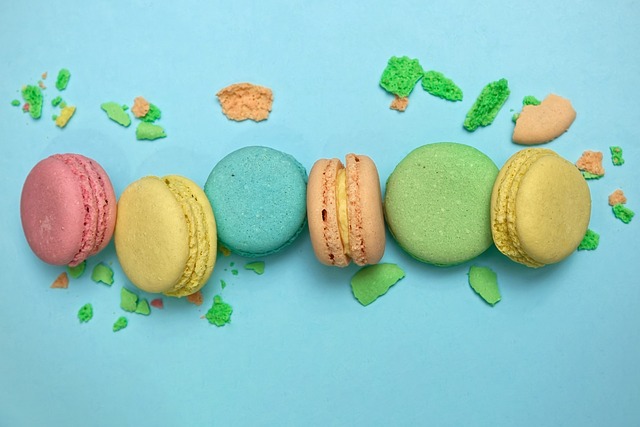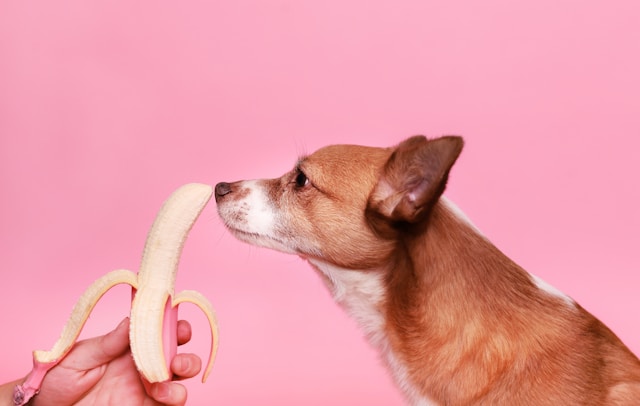小売業界において、店舗レイアウトは単なる棚や商品の配置ではなく、顧客行動や満足度、そして最終的には利益に大きく影響する強力なツールだ。本セクションでは、見た目が良いだけでなく、戦略的にショッピング体験を向上させ、売り上げを伸ばす店舗レイアウトの構築方法について、アートとサイエンスの側面から解説していく。
戦略的配置:視認性と売上の最大化
店舗を売上促進マシーンに変える巧みな商品配置法
高トラフィックエリア
利益率の高い商品や衝動買いを誘発するアイテムを、入口付近やレジ周り、通路の端など、顧客がよく通る場所に配置することで、商品の視認性を高め、購入を促進する。
事例:セフォラ
セフォラは「Hot Now」ディスプレイスタンドを入口やレジ付近に配置している。
セフォラは利用可能性ヒューリスティックを活用し、トレンド商品を目立つ場所に置いている。この配置は、顧客が店に入る時や出る時につい手に取って購入する可能性を高める。
- 利用可能性ヒューリスティック:人通りの多い場所にある商品は、心理的に利用可能性が高まり、購入される可能性が上がる。
- 選択過多:これらのエリアでは厳選された商品を提示することで、顧客の意思決定疲れを軽減する。
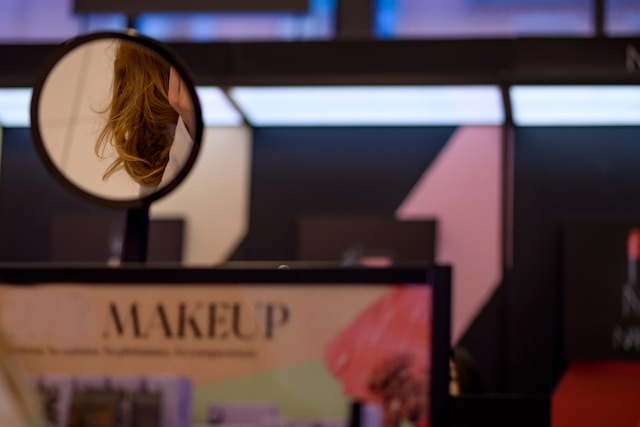
目の高さの配置
人気のある商品や高利益率商品は、最も目につきやすい目の高さに配置。
このテクニックは、「目の高さは購入する高さ」という原則を利用している。 目の高さに置かれた商品は、購入される可能性が高くなる。
事例:ウォルマート
ウォルマートは主要ブランドや自社の利益率の高い「Great Value」商品を棚の目線の高さに配置している。
特定の商品を目線の高さに置くことで、ウォルマートはその商品の視覚的顕著性を高め、注目され選ばれる可能性を上げている。これは労力ヒューリスティックにも関係しており、これらの商品は手を伸ばして取ったり調べたりする労力が少なくて済む。
- 視覚的顕著性:目線の高さにある商品は自然と注目を集める。
- 労力ヒューリスティック:手に取りやすい(労力の少ない)商品は、より望ましいと認識される。
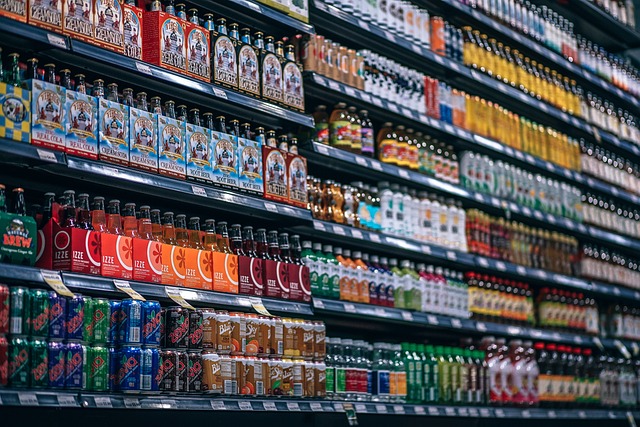
3の法則
関連商品を3つのグループにまとめ、注目を集める魅力的なディスプレイを作る。
このテクニックは、3という数字の法則を利用している。 3つの商品は、顧客にとってより魅力的で記憶に残る。
事例:アップル
アップルは、よく、iPhone、iPad、MacBookなどの製品を3つずつテーブルに並べて陳列している。
アップルの3つ組ディスプレイは、視覚的にバランスが取れ、認知的に流暢な展示を生み出し、顧客が理解しやすく記憶に残りやすくなる。これにより製品全体の魅力が高まる。
- 3の法則:3つで提示される情報はより魅力的で、満足度が高く、記憶に残りやすい。
- 認知的流暢性:3つの商品は、脳が処理しやすい。
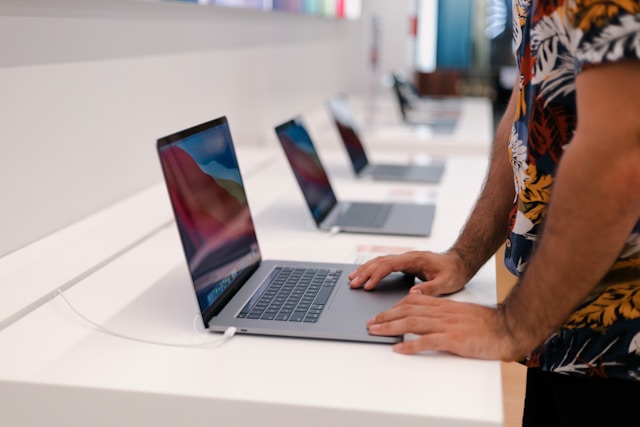
クロスマーチャンダイジングの魔法
補完的な商品を戦略的に一緒に配置し、売り上げを伸ばす。
事例:コストコ
コストコはしばしば補完的な商品を一緒に配置している。例えば、バーベキューソースをグリル近くに置いたり、ワイングラスをワインボトルの近くに置いたりしている。
補完的な商品を戦略的に一緒に配置することで、コストコは顧客に複数のアイテムの購入を検討するよう仕向けている。これはまた、バンドリング効果を活用している。セットとして提示された商品は、個別に提示された場合よりも価値が高いと認識されるのだ。
バンドリング効果:商品をセットとして提示することで、知覚価値を高められる。
プライミング:関連商品を見ることで、顧客はそれらを一緒に使うことを考えるようプライミングされる。
エンドキャップの心理学
エンドキャップ(通路の端に設置された展示スペース)は、高い視認性とアクセスのしやすさを活かし、つい手に取って購入するよう、戦略的に商品を展示する。
事例:ターゲット
ターゲットはエンドキャップディスプレイを使って季節商品、新商品、特別セールを展示している。
ターゲットのエンドキャップ戦略は、買い物客が通路を移動する際にパターン中断を活用して注目を集める。また、期間限定セールをしばしば特集することで、希少性の原理も活用し、より迅速な購買決定を促している。
希少性の原理:エンドキャップでの期間限定や限定商品は緊急性を生み出す。
パターン中断:エンドキャップは買い物ルーティンを中断し、注目を集める。
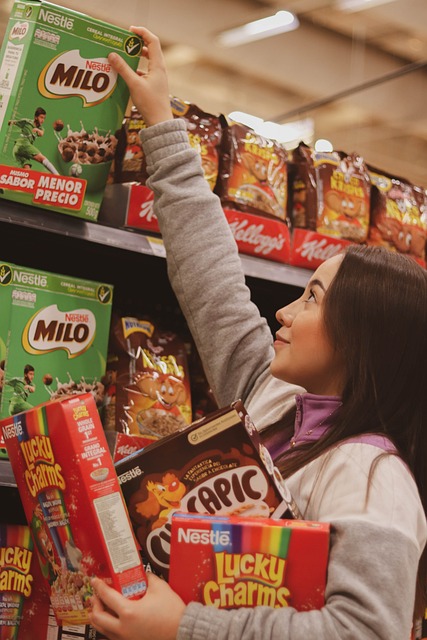
デコンプレッションゾーン
デコンプレッションゾーンは、店舗入口のすぐ内側にある空間で、顧客が新しい環境に適応し、より集中してリラックスしたショッピング体験の準備をするための場所です。
事例:イケア
イケアの店舗入口は通常、目を引くディスプレイのある広々としたエリアに開かれており、そこから顧客を主要な買い物エリアへと導く。
イケアのデコンプレッションゾーンは、顧客が精神的に「買い物モード」に切り替える余裕を与える。この区域は顧客にイケア体験への準備をさせ、店内を巡る旅への期待を設定する。また、感覚的な適応の時間を与え、入店時に顧客が圧倒される可能性を減らす。
プライミング:これから始まる買い物体験への心構えを作る。
感覚適応:顧客が新しい環境に適応する時間を与える。
フローデザイン:スムーズな顧客体験の創出
効果的なフローデザインは、店舗内でのスムーズな移動を保証し、混雑を減らし、全体的なショッピング体験を向上させる。
自然な動線
店内の自然な通行パターンを観察・分析し、人通りの多いゾーンや混雑しやすい区域を特定する。このデータを利用して、スムーズな動線を作り出し、混乱を最小限に抑えるレイアウトを作成する。
事例:メイシーズ
メイシーズはヒートマッピング技術を使用して顧客の動きを分析し、それに応じて商品配置を調整している。
自然な通行パターンを分析し適応することで、メイシーズはより直感的な買い物体験を作り出している。この行動マッピングの適用により、露骨な指示なしに顧客を高価値エリアへと導くことができる。
ナッジ理論:行動に影響を与えるための微妙な環境変化。
行動マッピング:自然な人間の行動を理解し活用する。
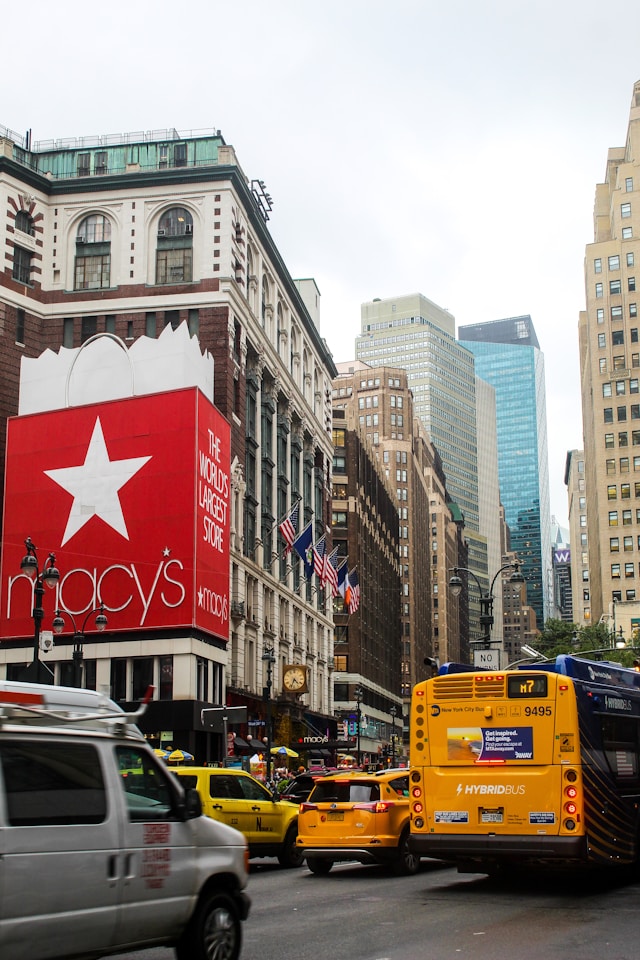
明確な経路
顧客を論理的かつ直感的に店内へ導く明確な通路を設計する。顧客が店舗内を簡単に移動できるように、明確な標識や道案内の合図を使用する。 明確な標識は、混乱を減らし、ショッピング体験を向上させ、探索を促す。
事例:イケア
イケアの店舗には、顧客を異なる部屋の設定を通じて導く明確にマークされた通路が特徴的だ。
イケアのレイアウトは、店内を通る明確な道筋を提供することで決定疲れを軽減している。この選択アーキテクチャは顧客に全ての商品を見るよう促し、ナビゲーションの認知的容易さが全体的な満足度を高める。
認知的容易さ:明確な通路は精神的な労力を減らし、買い物体験をより快適にする。
選択アーキテクチャ:明確な道筋が顧客の行動を巧みに導く。
サイネージと道案内
明確なサイネージと道案内の手がかりを使用して、顧客が店内を容易に移動できるようにする。効果的なサイネージは混乱を減らし、買い物体験を向上させ、店内の探索を促す。
事例:ホールフーズ
ホールフーズは明確なサイネージと道案内の手がかりを使用して、顧客が店内をナビゲートしやすくしている。
ホールフーズは店内の戦略的な場所に、方向を示す看板、部門ラベル、プロモーション看板など、目立ちやすく読みやすい看板を配置している。これにより顧客は必要なものを苦労せずに見つけられる。
効果的なサイネージは認知負荷を減らし、混乑を軽減して買い物体験を向上させる。明確な道案内は探索を促す。
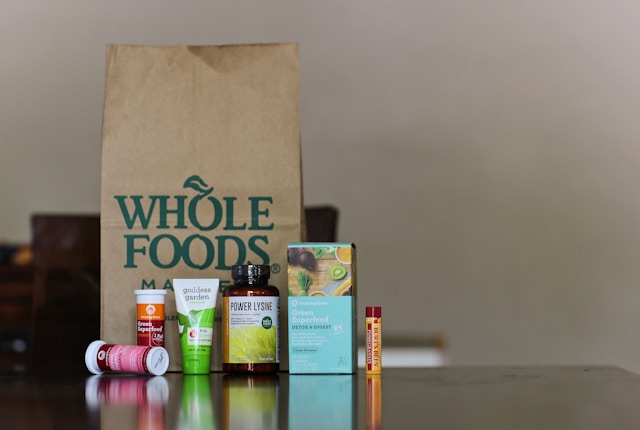
店舗レイアウトの科学
様々な店舗が、ニーズに基づいてグリッド、ループ、フリーフローのレイアウトを使用している。
1) グリッドレイアウト(セーフウェイのような食料品店):グリッドレイアウトは体系的で組織化された買い物体験を作り出すために使用される。このレイアウトは在庫管理に効率的で、顧客が商品を素早く見つけられるよう助ける。
行動学的概念:このレイアウトは予測可能な構造を提供することで、決定疲れを最小限に抑える。
2) ループレイアウト(例:イケア):ループレイアウトは顧客を事前に決められた経路に沿って導き、幅広い商品を見せる。
行動学的概念:このレイアウトは商品への露出を増やし、つい手に取って購入してしまう行動を促す。
3) フリーフローレイアウト(アーバンアウトフィッターズのようなブティック):フリーフローレイアウトは、よりリラックスした探索的なショッピング体験を可能にする。
行動学的概念:このレイアウトは、気ままな店内散策を促し、より楽しい買い物の雰囲気を演出する。
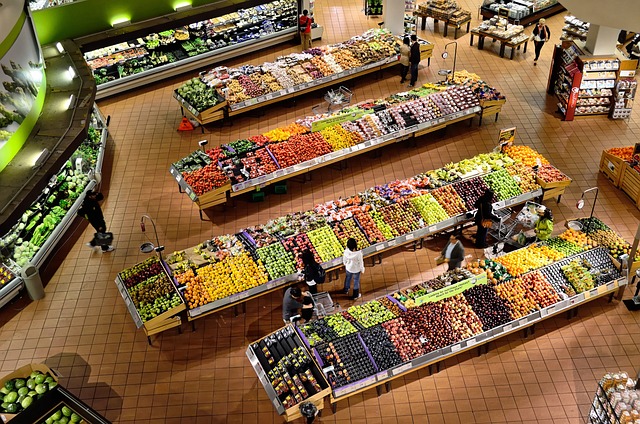
通路の幅
「お尻ぶつかり効果」を防ぎ、顧客が快適に過ごせるように、最適な通路幅を見つけ出す。
例:コストコ
コストコは、倉庫型店舗で非常に広い通路幅を採用している。
コストコの広い通路は、「お尻ぶつかり効果」(顧客が混雑した通路を避ける) を防ぎ、より多くの時間をブラウジングに費やし、購入を増やす可能性を高める。
通路幅と顧客心理: 広い通路は、顧客のパーソナルスペースを尊重し、心理的な安心感を与えることで、快適なショッピング環境を実現する。これにより、顧客はより多くの商品に目を向け、購買行動につながりやすくなる。
空間デザインと顧客行動: 快適な空間は、顧客を商品に近づけ、商品との接触機会を増やす。このことは、特に高額商品や体験型の商品において、購買決定を促す上で有効である。
「butt-brush effect(バットブラッシュ効果)」は、ショッピング環境における心理的な現象を指す。混雑した店内で、他の顧客や物に自分の身体、特にお尻や背中が触れると、多くの人が不快感を感じ、無意識にその場所から離れようとする行動が引き起こされる。このため、狭い通路や陳列棚の配置が原因で商品に近づきにくい環境だと、購入意欲が減少する可能性がある。
特に女性顧客に顕著で、狭い通路や動きにくい状況では、その場所での滞在時間が短くなることが分かっている。
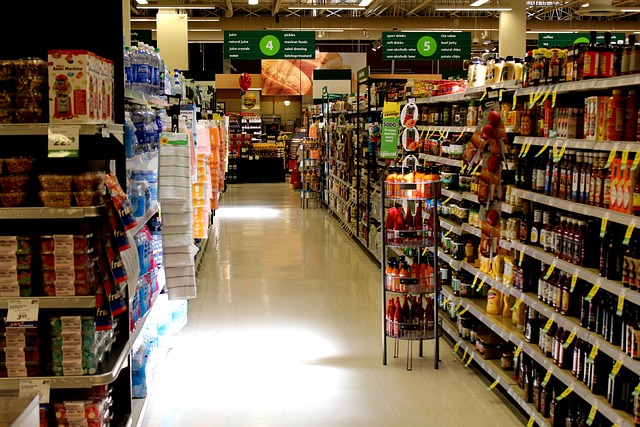
待ち行列の科学的管理
顧客満足度の向上と業務効率化を目指し、待ち行列を戦略的に設計・管理する手法。心理学の知見を応用し、待ち時間の長さや公平さに対する顧客の認識に働きかける。
例: Whole Foods
Whole Foodsでは、シングルライン・複数レジ係方式を採用している。
このシステムは、人々が感じる「公平感」の選好を利用している。一本の列での絶え間ない移動が顧客の意識を占め、顧客を待ち時間中に退屈させず、待ち時間を短く感じさせることで全体的な体験を向上させる。
占有理論: 列が動き続けることで顧客は退屈せず、待ち時間が短く感じられる。
公平感の認識: シングルライン方式は、複数の列がある場合よりも公平だと感じられる。
店舗レイアウトと顧客動線設計:顧客の行動を理解し、滞在時間を延ばす
顧客の心理を理解することによって、顧客の関心を維持し、より長く買い物を楽しんでもらう。
左への回転傾向
左への回転傾向は、自由に動き回れる環境では、人々は右よりも左に曲がる傾向があるという観察結果に基づいている。
しかしながら、この行動は、文化的規範、自然な人間の傾向、空間のレイアウトなど、さまざまな要因によって影響される可能性がある。
ウォルマートは左折傾向を活用し、入口のすぐ左側に利益率の高い商品やプロモーションディスプレイを配置している。
この設計は顧客の左に曲がる自然な傾向を利用し、戦略的に配置された商品の視認性と潜在的な売上を高めている。このレイアウトは顧客の空間的バイアスに合致し、買い物体験をより直感的で快適なものにしている。
空間的バイアス:西洋文化圏では、人々は視覚的注意や動きにおいて若干左側に偏る傾向がある。
デフォルト効果:この自然な傾向に合わせて店舗を設計することで、ウォルマートは左折を「デフォルト」オプションにしている。
イケアの有名な店舗レイアウトは、通常、顧客が最初のエスカレーターや階段を上がった後、左折してショールームエリアに入るように設計されている。
イケアの左折傾向の活用は、店内での顧客の動線を制御するより広範な戦略の一部である。ショールームの入り口を顧客の左に曲がる自然な傾向に合わせることで、イケアは買い物体験のシームレスで直感的な始まりを創出している。この最初の左折は、顧客にその後の誘導された旅への準備をさせ、イケアの慎重に選ばれた商品展示や部屋のセットアップにより受容的にさせる。
プライミング:最初の左折は、顧客に店内の旅への準備をさせ、買い物体験への期待を設定する。
選択アーキテクチャ:店舗レイアウトは顧客の自然な傾向に合わせて、特定の方向に誘導するよう設計されている。
両企業とも、空間的バイアスに根ざし、西洋文化圏での文字の書き方向などの要因にも影響を受ける可能性のある左折傾向を、顧客体験を向上させ、潜在的に売上を増加させるために使用している。
この自然な傾向を活用することで、これらの店舗は、顧客にとって直感的に感じるレイアウトを作り出し、認知負荷を軽減し、買い物体験をより快適で魅力的なものにしている。
ただし、この傾向は多くの西洋諸国で観察されるものの、普遍的に適用できるわけではない点に注意が必要だ。左側を運転する国や、読み方向が右から左の国の店舗では、この原則を調整する必要がある。
サプライズの力
サプライズの力は、予期せぬ要素や店舗レイアウトの変化を戦略的に使用して、顧客の興味を再燃させ、探索を促すことを指す。 この概念は、人間の新しいものに対する愛情と、何か新しいものを発見することによって得られるドーパミン放出を利用している。
コストコは、店舗内の多くの非定番商品の場所を定期的に変更し、顧客に「宝探し」のような体験を提供している。
コストコの定期的な商品配置変更の戦略は、私たちの本能的な新奇性追求行動を利用している。
これにより、顧客は探索と発見の感覚を得て、店舗のより多くの場所を移動するように促される。
予想外の商品を見つけるという変動報酬スケジュールは、顧客を惹きつけ、何度も来店させる。顧客は、次回の訪問時には見つからないかもしれないという認識(希少性)を持ち、購入を促されることもある。
希少性の原理: いつでも入手できるかもしれないという認識は、商品の価値を高める。
新奇性追求行動: 人間は自然と新しく、予期せぬ刺激を求める。
変動報酬スケジュール: 予測できない報酬(この場合は、予想外の商品を見つけること)は、一貫した報酬よりも動機づけが強い。
セフォラは、店舗レイアウト、特に中央の「New & Now」セクションを頻繁に更新し、ブランドディスプレイを回転させている。
店舗レイアウトを定期的に更新することで、セフォラは慣れを防ぎ、リピーター顧客にとってショッピング体験を新鮮で魅力的なものにしている。
これらの変更は、好奇心を刺激し、顧客が店舗をより徹底的に探索して、新しいものや移動したものを発見するように促す。
顧客が新しい場所に商品を見つけることで、単なる露出効果が発揮され、以前見過ごしていた商品に興味を持つ可能性が高まる。
単なる露出効果: 顧客が新しい場所で商品を見つけることで、それらの商品に対する好意を高める。
慣れの防止: レイアウトを変更することで、顧客が店舗環境に慣れすぎてしまうことを防ぐ。
好奇心ギャップ: 新しいレイアウトは、顧客が埋めたいと思う知識のギャップを作り出す。

店舗レイアウト最適化のためのアクションプラン
- 店舗監査の実施:包括的なチェックリストを使用して現在のレイアウトを評価する。
- ヒートマップの作成:来店客の動線データを使用して店内のホットゾーンとコールドゾーンを特定する方法を学ぶ。
- 店舗のA/Bテスト:レイアウトを継続的に改善するための管理された実験の実施方法を発見する。
- テクノロジーの統合:デジタルサイネージやモバイルアプリを活用して店内体験を向上させる方法を探る。
完璧な店舗レイアウトは継続的な改良と適応のプロセスであることを忘れてはならない。これらの原則を適用し、結果を継続的に分析することで、顧客を魅了し売上を促進する動的で魅力的な店舗環境を創出できる。
